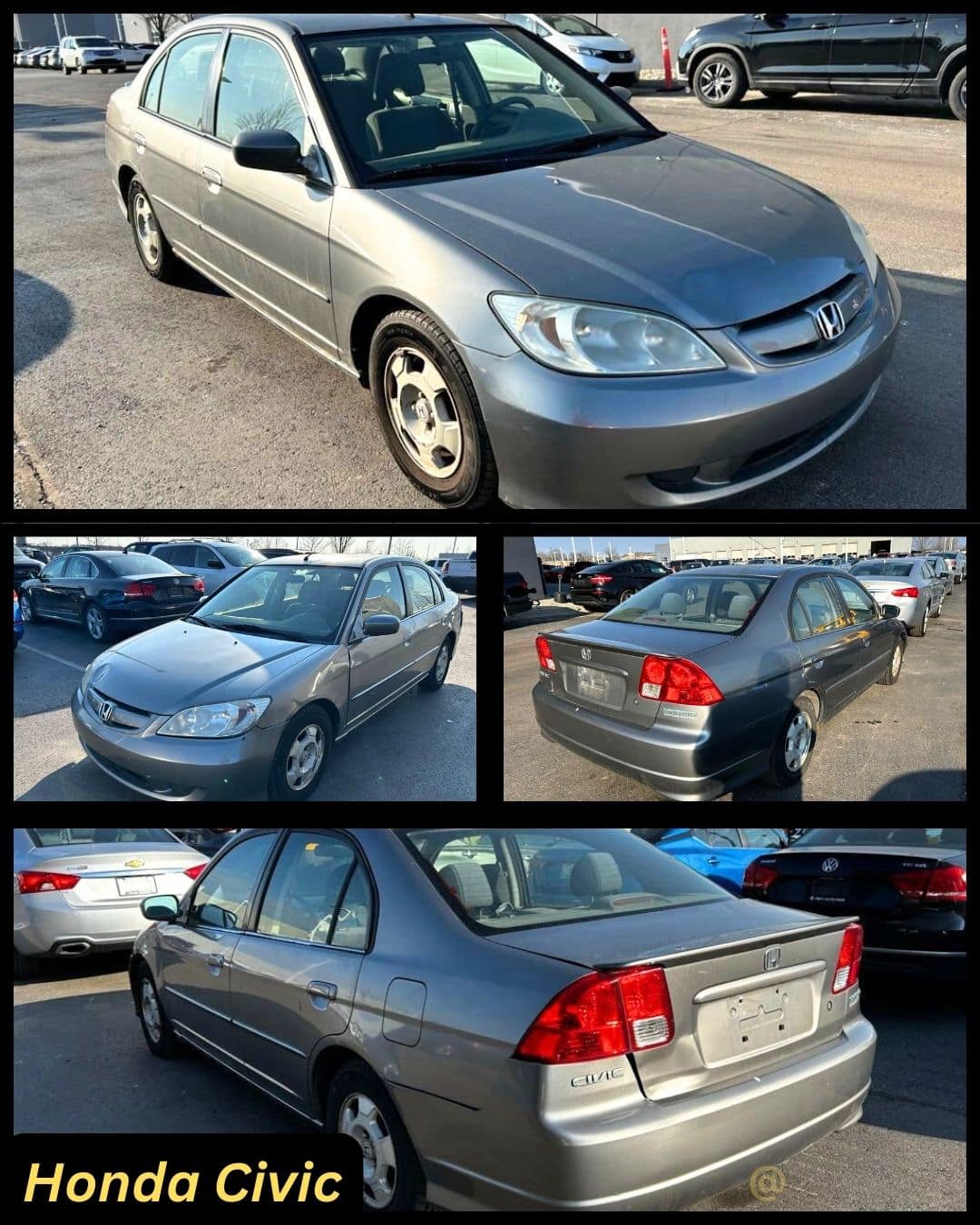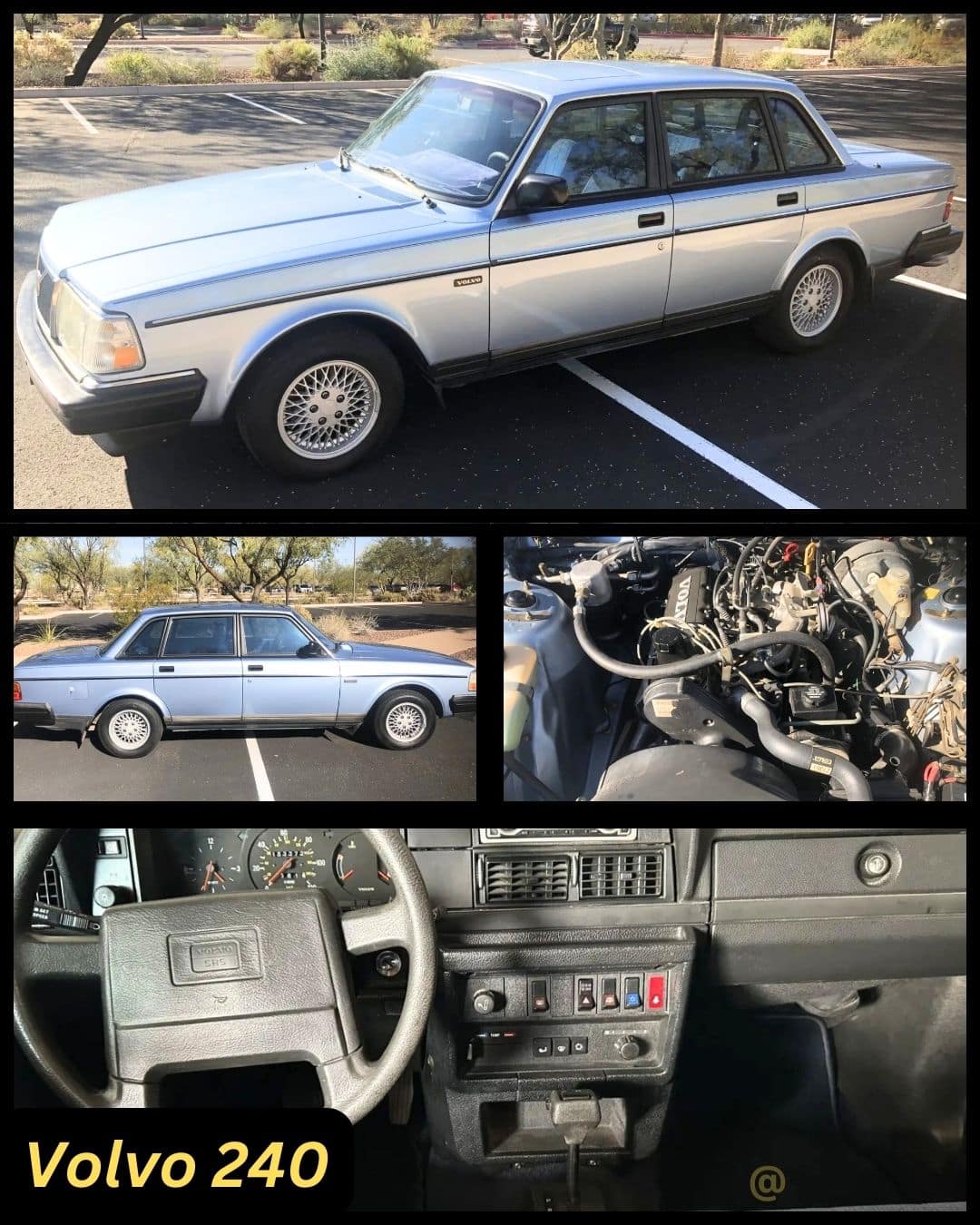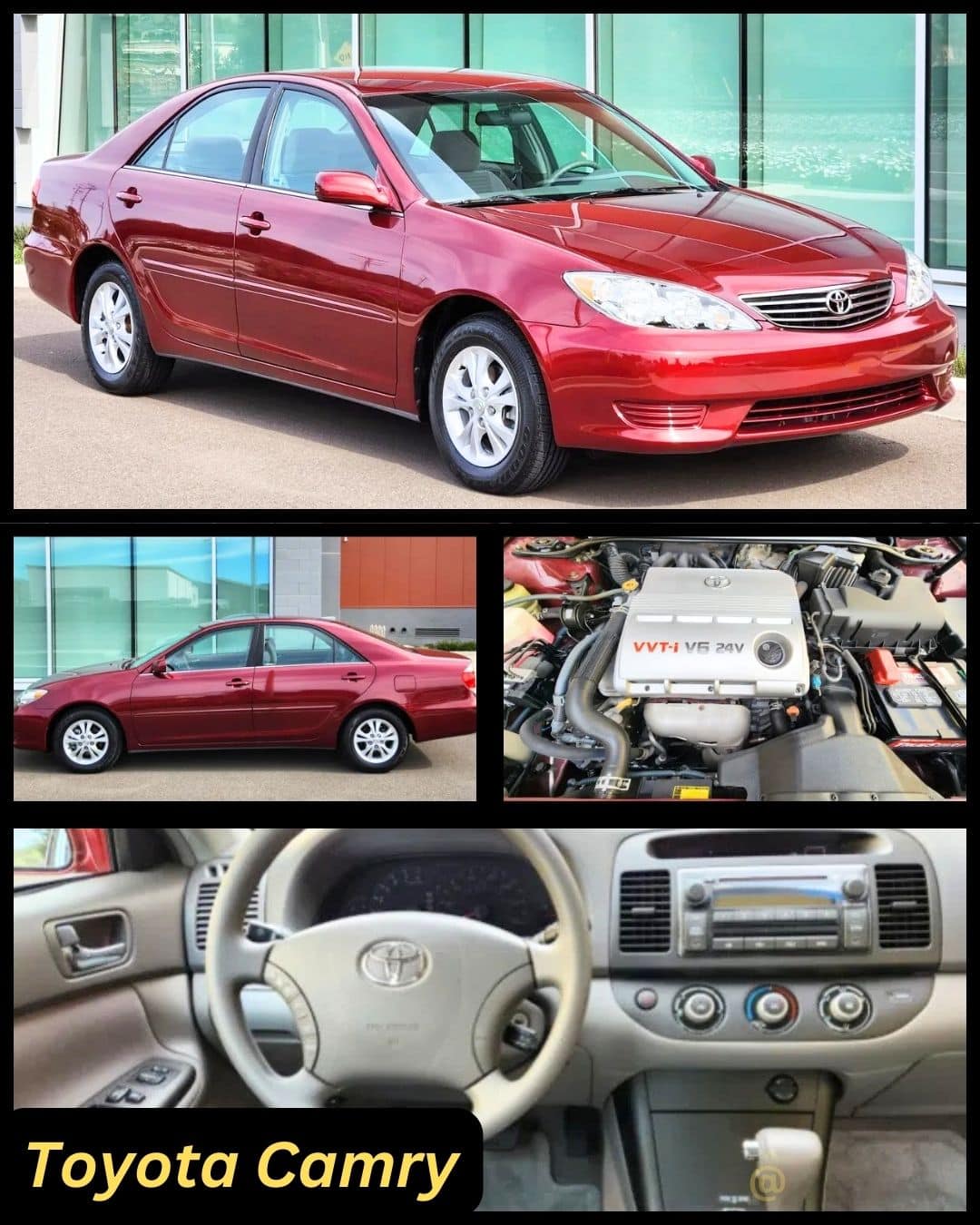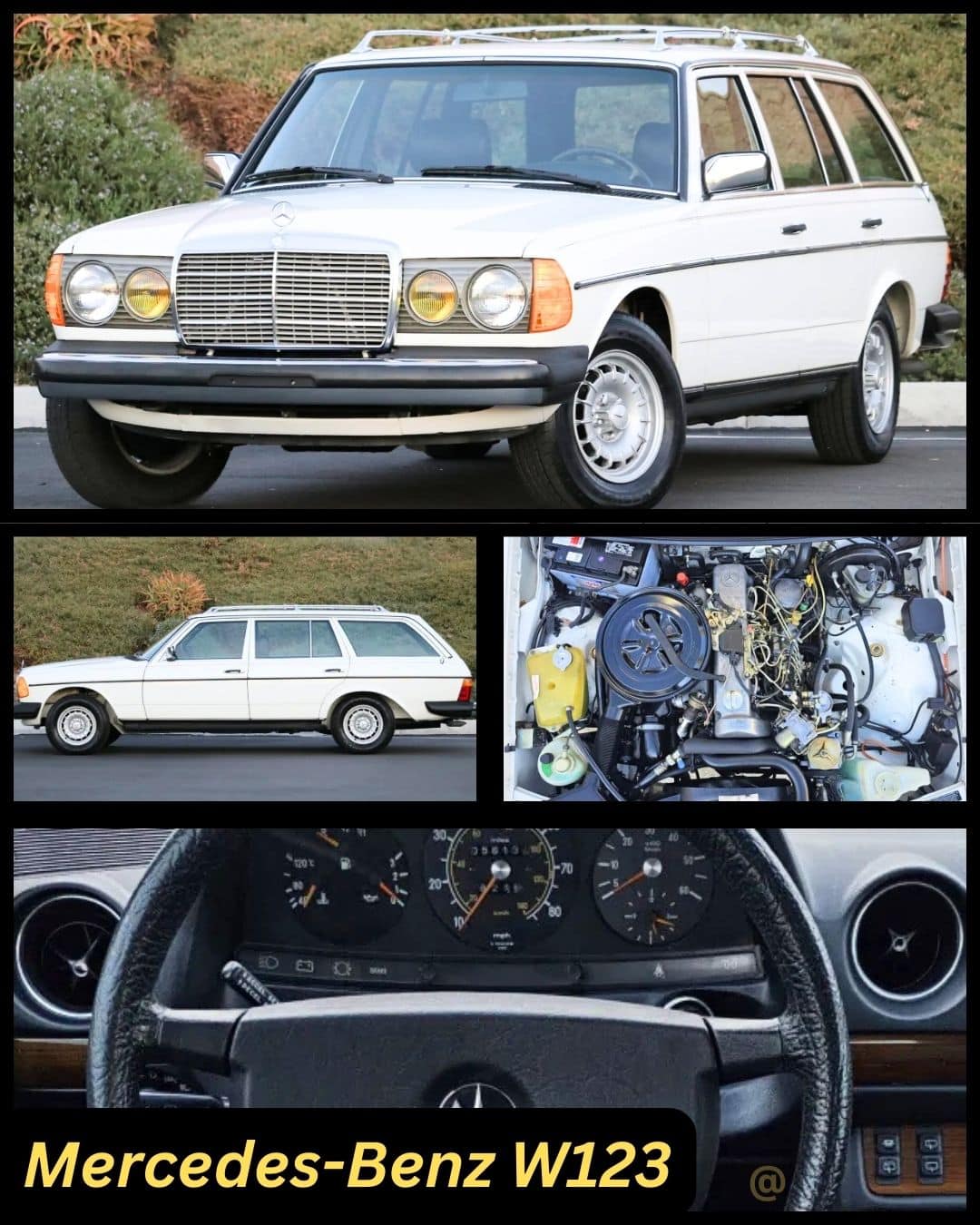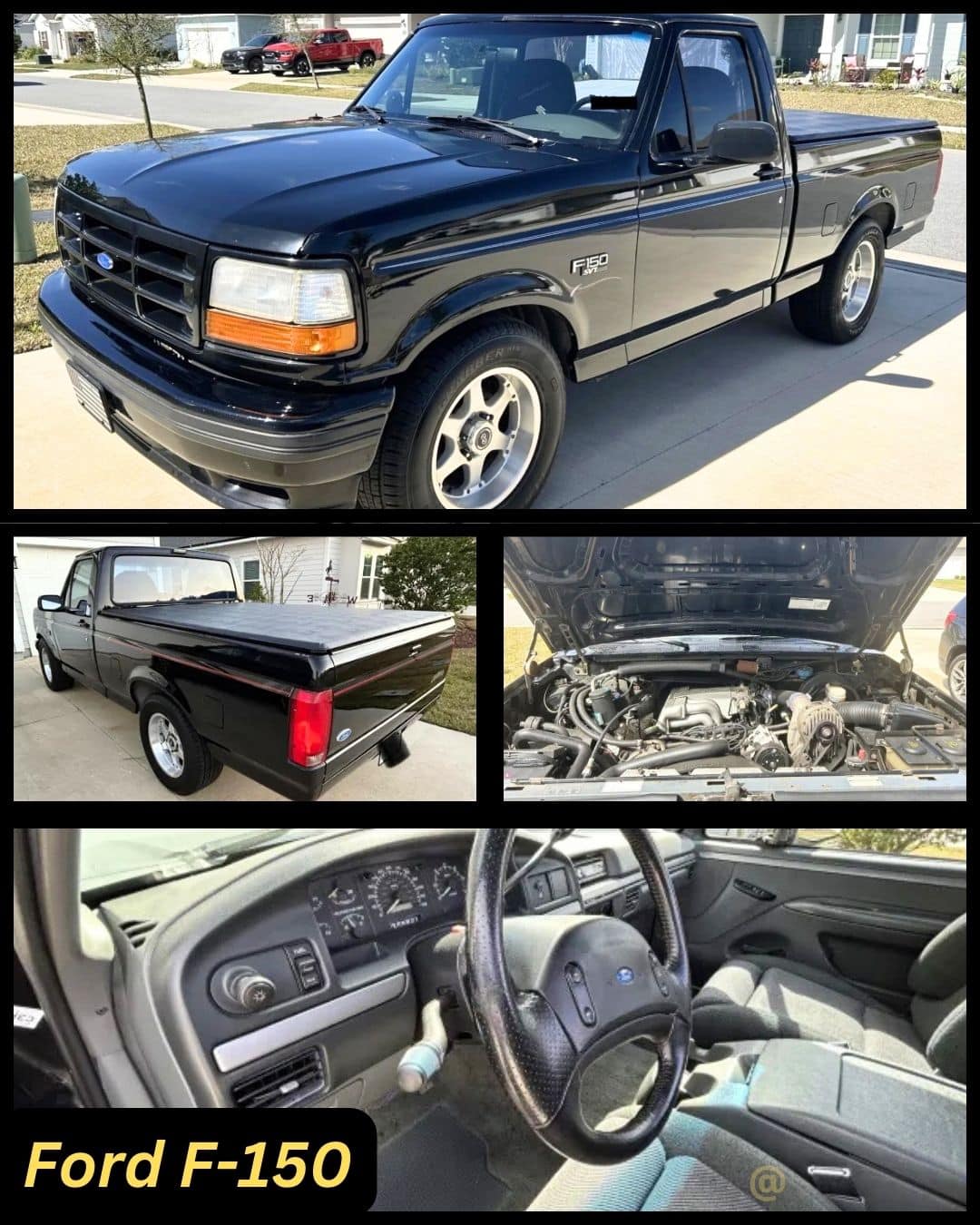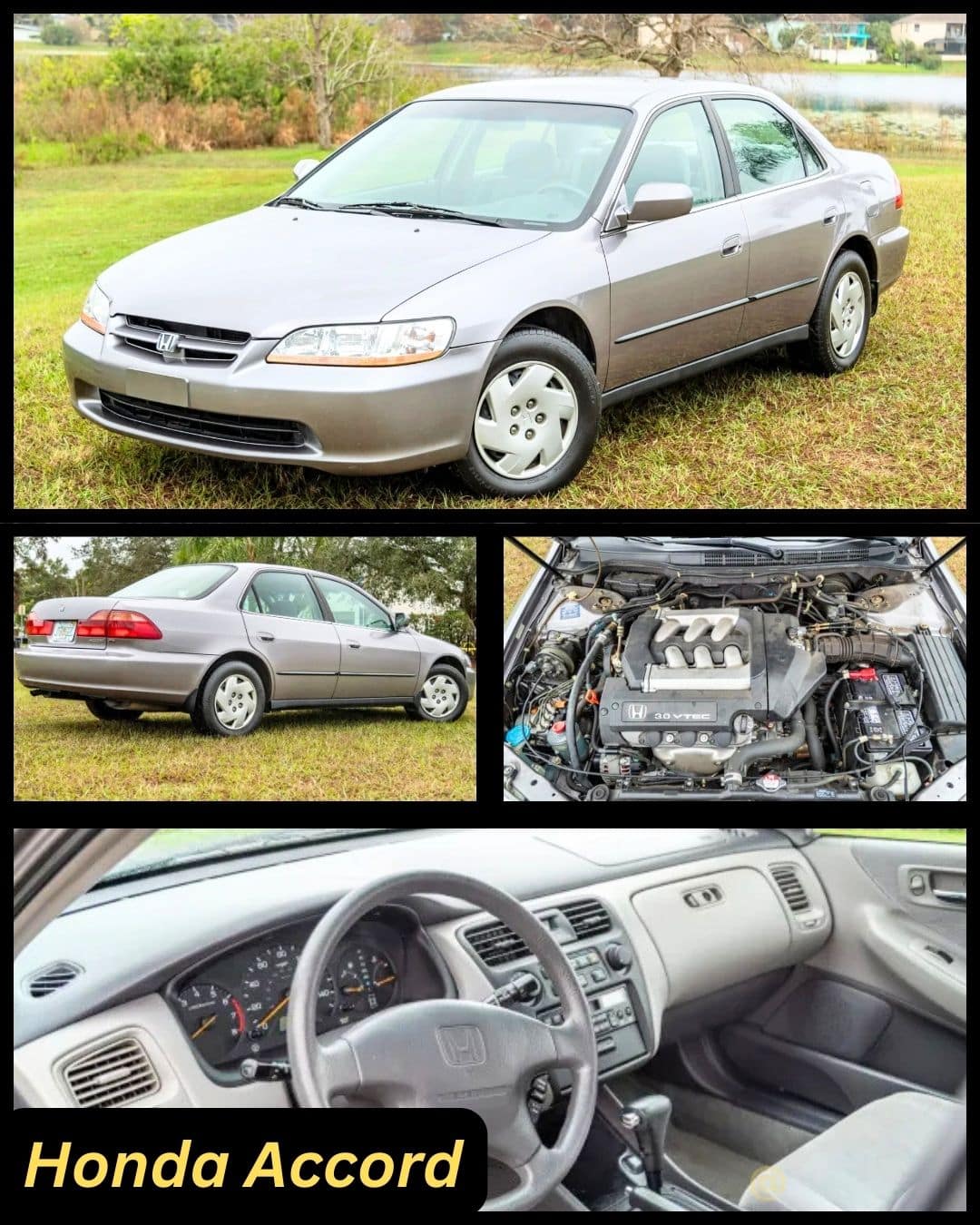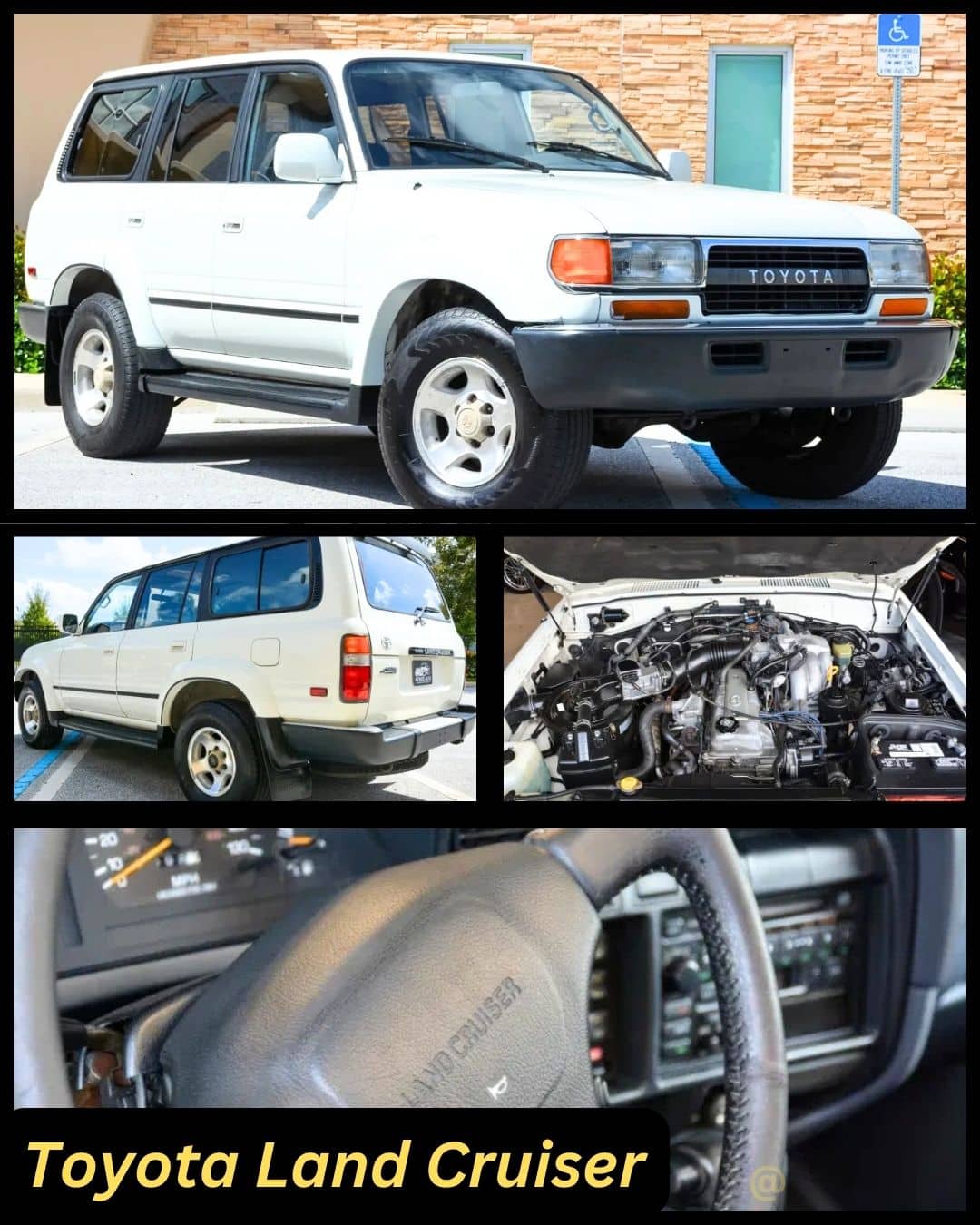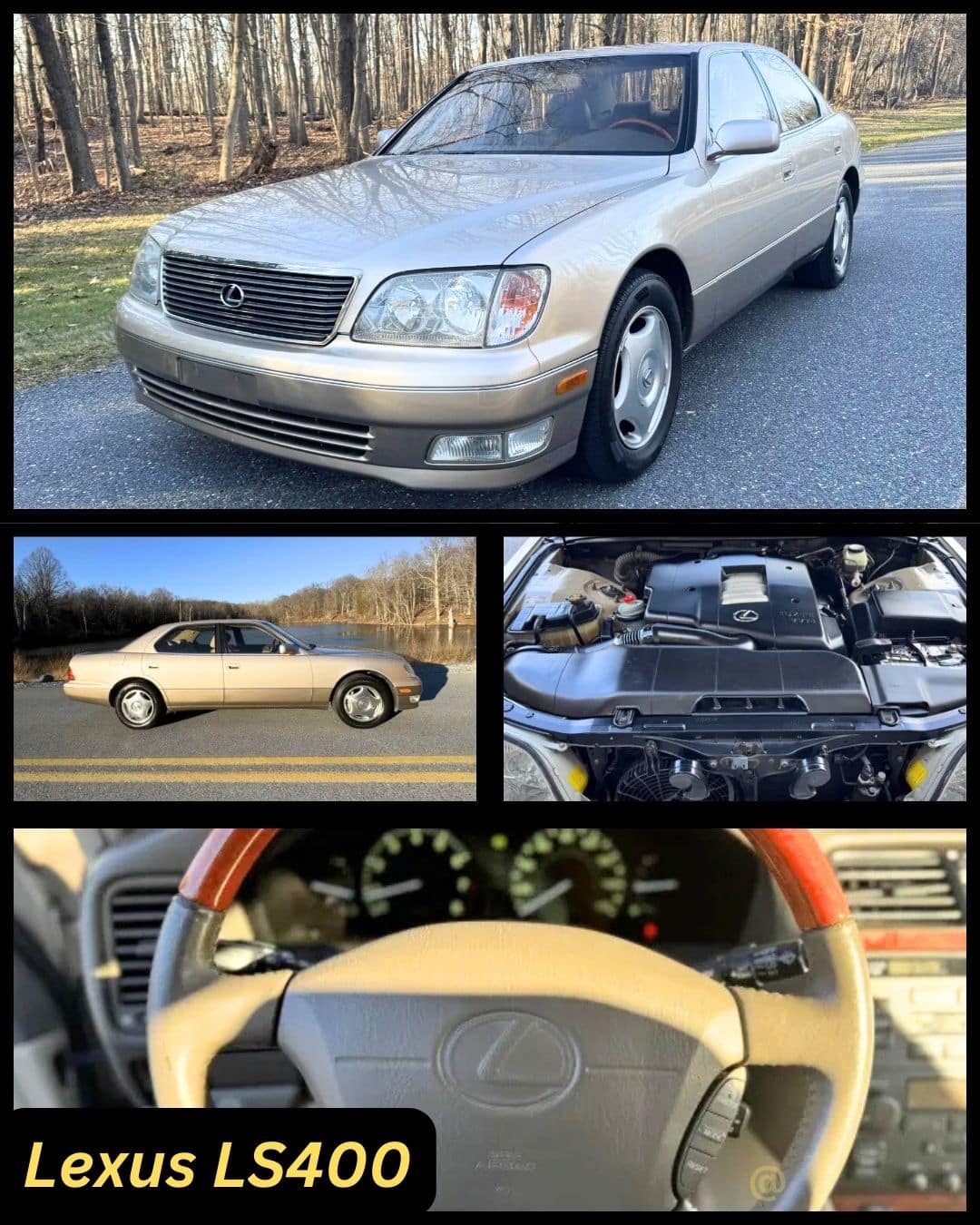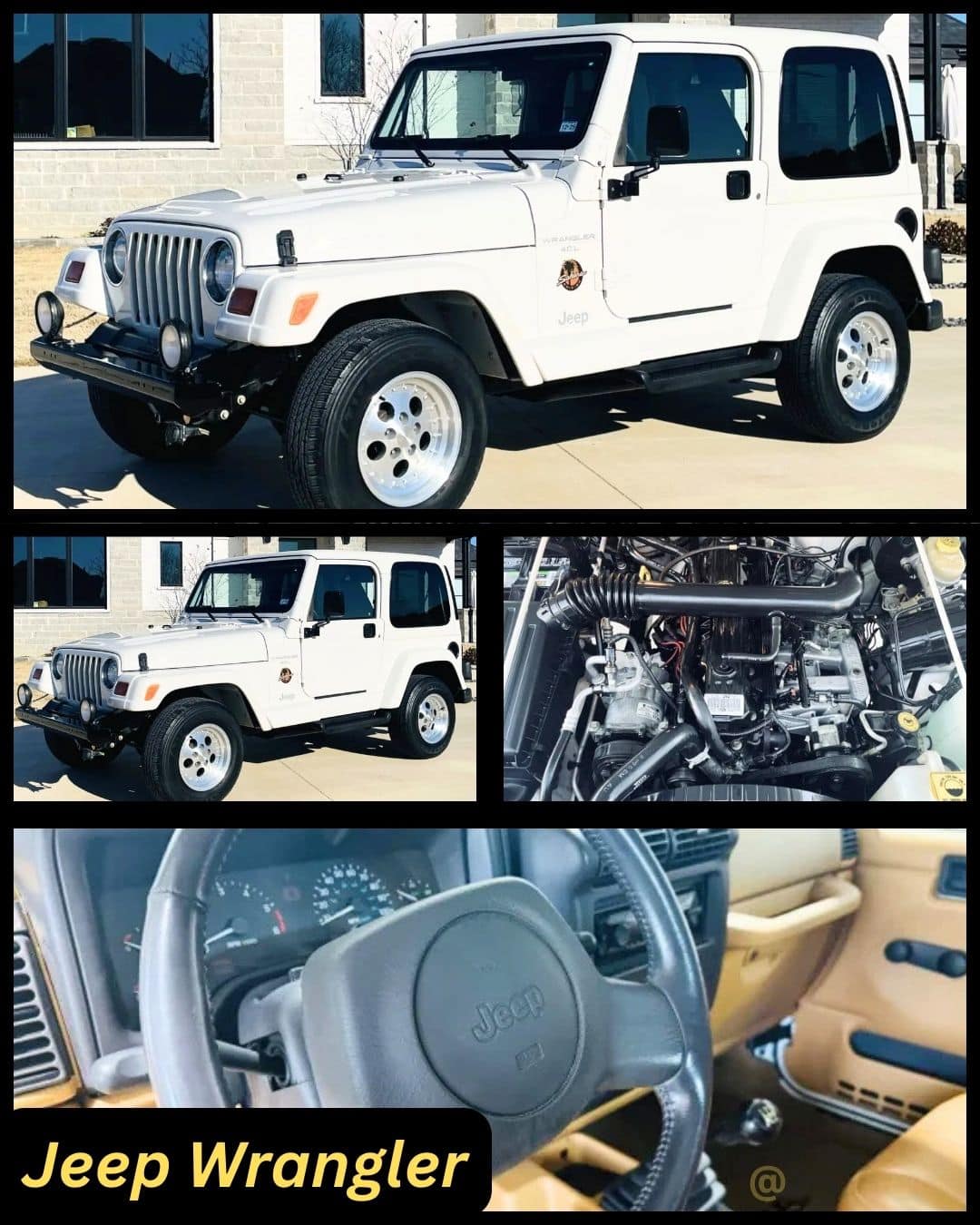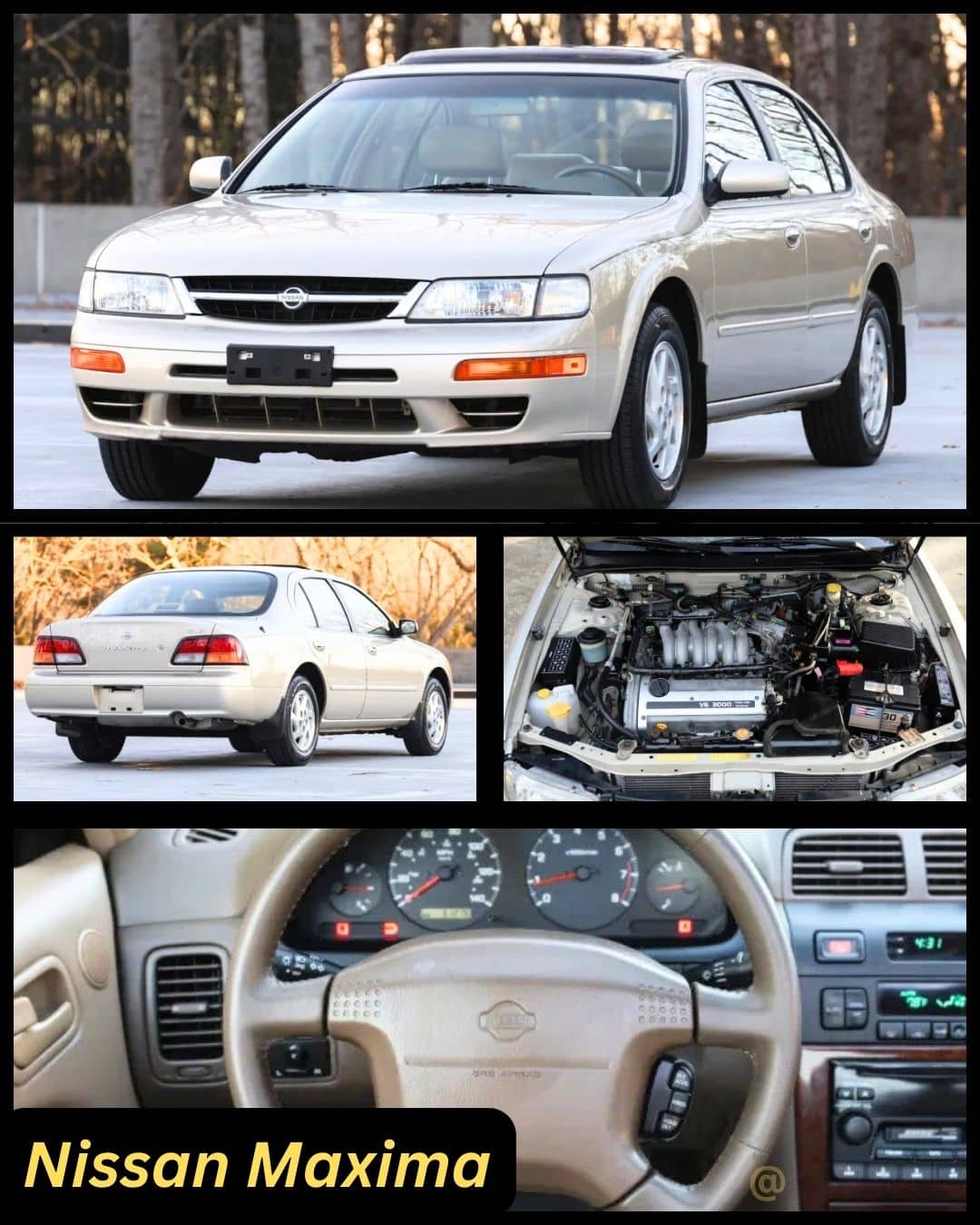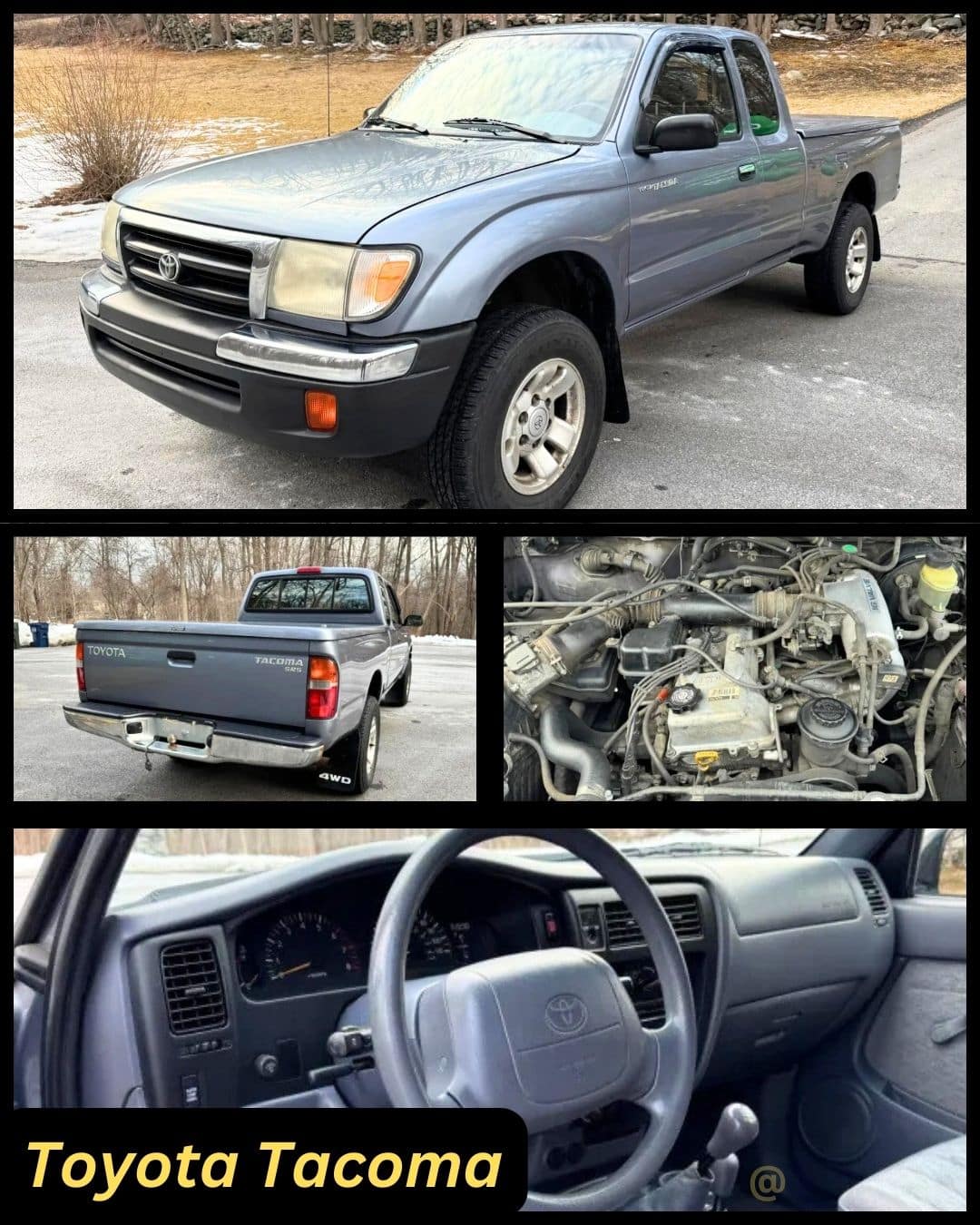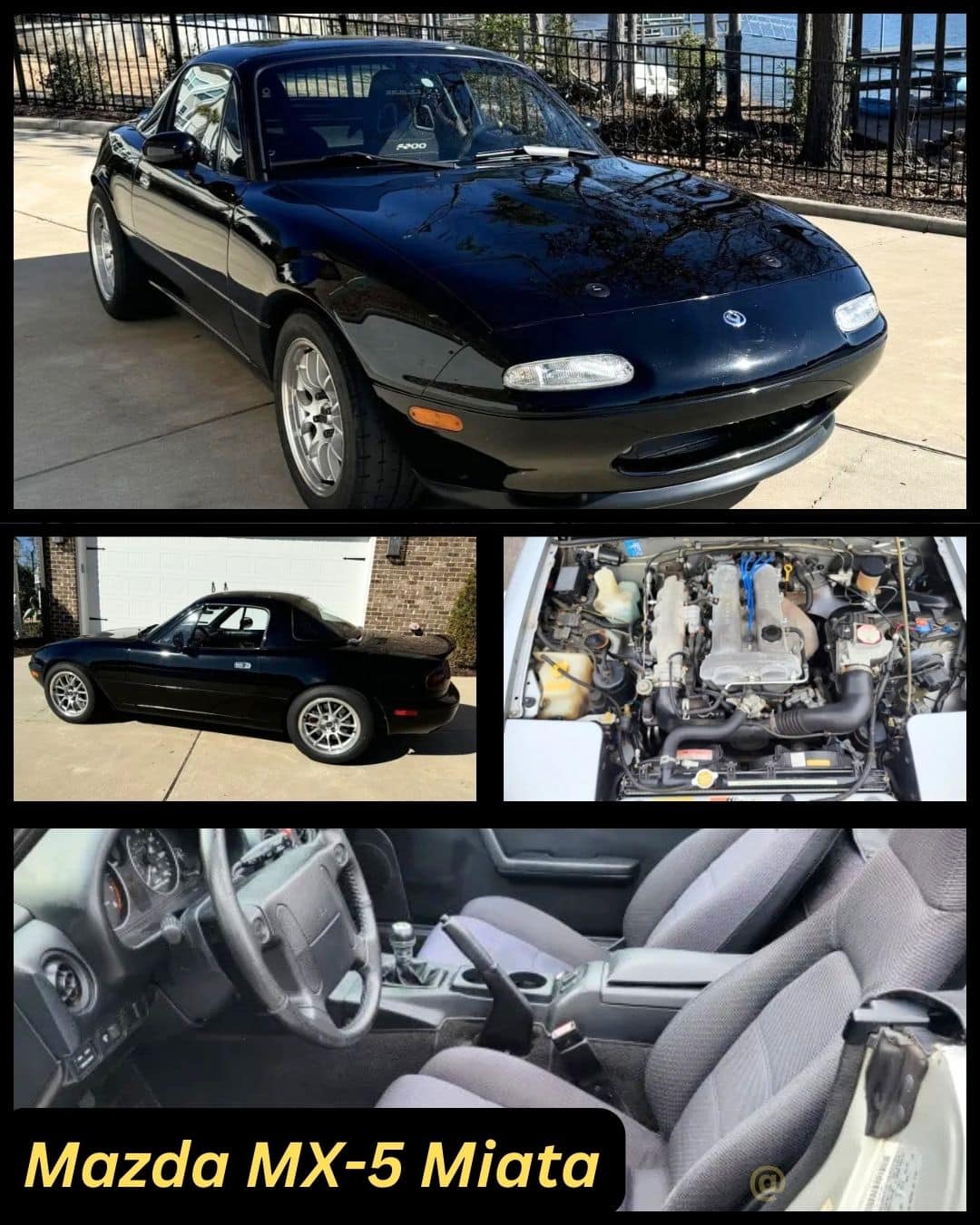There’s something special about a vehicle that stays loyal for years on end. Not every model can take that kind of mileage without complaining, but the ones listed below are built to endure.
Each has specific model years worth checking out—and a few you might want to avoid. All of them have earned a reputation for going the distance over the last half-century.
1. Toyota Corolla (Exceptional Build Quality)
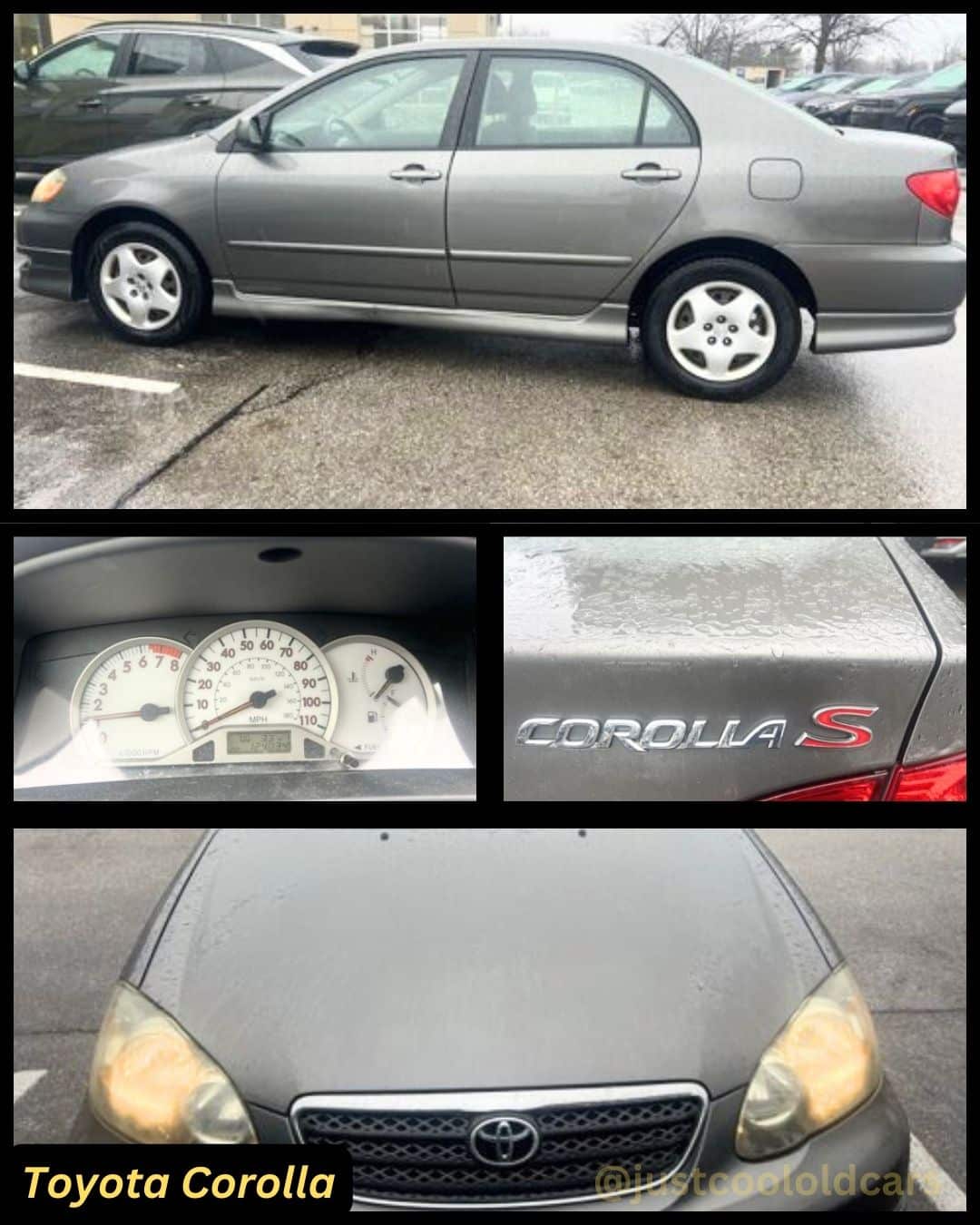
The Toyota Corolla has been around since the late 1960s, but in the last 50 years, the eighth-generation (1998–2002) and ninth-generation (2003–2008) are often praised for their near-bulletproof reliability.
If you take a peek at 2009–2010 models, you’ll find some complaints about excessive oil consumption, yet they can still manage high mileage when cared for properly.
Pop the hood, and you’ll see a 1.8L four-cylinder engine that’s straightforward to maintain. Mechanics love the Corolla for its easy-to-find, affordable parts, and because you typically don’t need fancy tools to keep it running smoothly.
Regular oil changes, spark plugs, and checking the timing belt or chain at recommended intervals are key.
The cabin also holds up nicely over time, making this humble sedan a steady companion.
A well-kept Corolla often sails past 300,000 miles on the original engine. It might not be the quickest or most luxurious car out there, but it excels at being a dependable daily driver that shrugs off wear and tear.
If you want something that just won’t give up, the Corolla’s a classic winner.
2. Honda Civic (Engineering That Endures)
The Honda Civic’s enduring fame isn’t just about good gas mileage—it’s also about its ability to rack up serious mileage.
Focus on the 1996–2000 and 2001–2005 generations if you’re after proven long-term reliability.
The 2006–2009 models stayed generally solid, though a few had issues like cracked engine blocks, which Honda addressed with extended warranties and recalls.
Part of the magic is Honda’s reliable D-series and R-series engines, which aren’t overworked and can thus keep going with basic upkeep.
Routine fluid changes, spark plug replacements, and timing belt checks all help you steer clear of expensive repairs.
Inside, the Civic features straightforward controls and durable materials, and even older models can handle daily commutes or cross-country trips without a hitch.
Rust can be a threat if you’re in a region where winters mean salted roads. However, it’s nothing a regular underbody wash and some corrosion protection can’t handle.
Whether you’re using it as a practical commuter or customizing it for weekend racing, the Civic’s reputation for sticking around remains well-earned.
3. Volvo 240 (Legendary Longevity)
Produced from the mid-1970s to the early 1990s, the Volvo 240 is nearly synonymous with cars that never say die.
The 1985–1993 models, in particular, benefit from Volvo’s continued tweaks and better rustproofing.
It’s a box on wheels, but that simplicity equals easy maintenance and rugged mechanicals.
The hallmark is the B21, B23, or B230 inline-four engine, famed for its straightforward design and ability to run well beyond 200,000 miles. The electrical systems in earlier years (pre-1985) could be finicky, but by the late ‘80s and early ‘90s, Volvo had ironed out many of those glitches.
Rust is relatively minimal, especially if you keep up with normal care.
Inside, the 240 feels sturdy without being flashy. Volvo’s dedication to safety means you get a chassis designed to protect occupants better than many competitors of its time.
Parts interchangeability across multiple model years ensures you can find spares in salvage yards or specialty shops. It’s not modern or sleek, but if you want a true automotive tank that still holds its own in daily traffic, the 240 is tough to beat.
4. Toyota Camry (Family Sedan Done Right)
When it comes to a reliable sedan that handles constant errands and long highway stretches, the Toyota Camry sets the standard.
The 1997–2001 (XV20) and 2002–2006 (XV30) generations frequently top reliability charts. Keep an eye on the 2007–2009 four-cylinder models, though, because some drivers complained about oil consumption in that range.
Camrys typically house 2.2L or 2.4L four-cylinder engines (or V6 variants) that are durable and efficient.
The automatic transmissions are generally smooth and long-lasting, provided you keep the fluid fresh.
Oil changes, brake inspections, and periodic belt checks are about all you need to stay on the road.
Inside, the Camry is comfortable and user-friendly, with seats that hold up and dash layouts designed for easy access to controls.
Parts are everywhere, and any local mechanic likely knows their way around a Camry. For a family car that refuses to quit, it’s one of the safest bets out there.
5. Subaru Outback (Rugged Versatility)
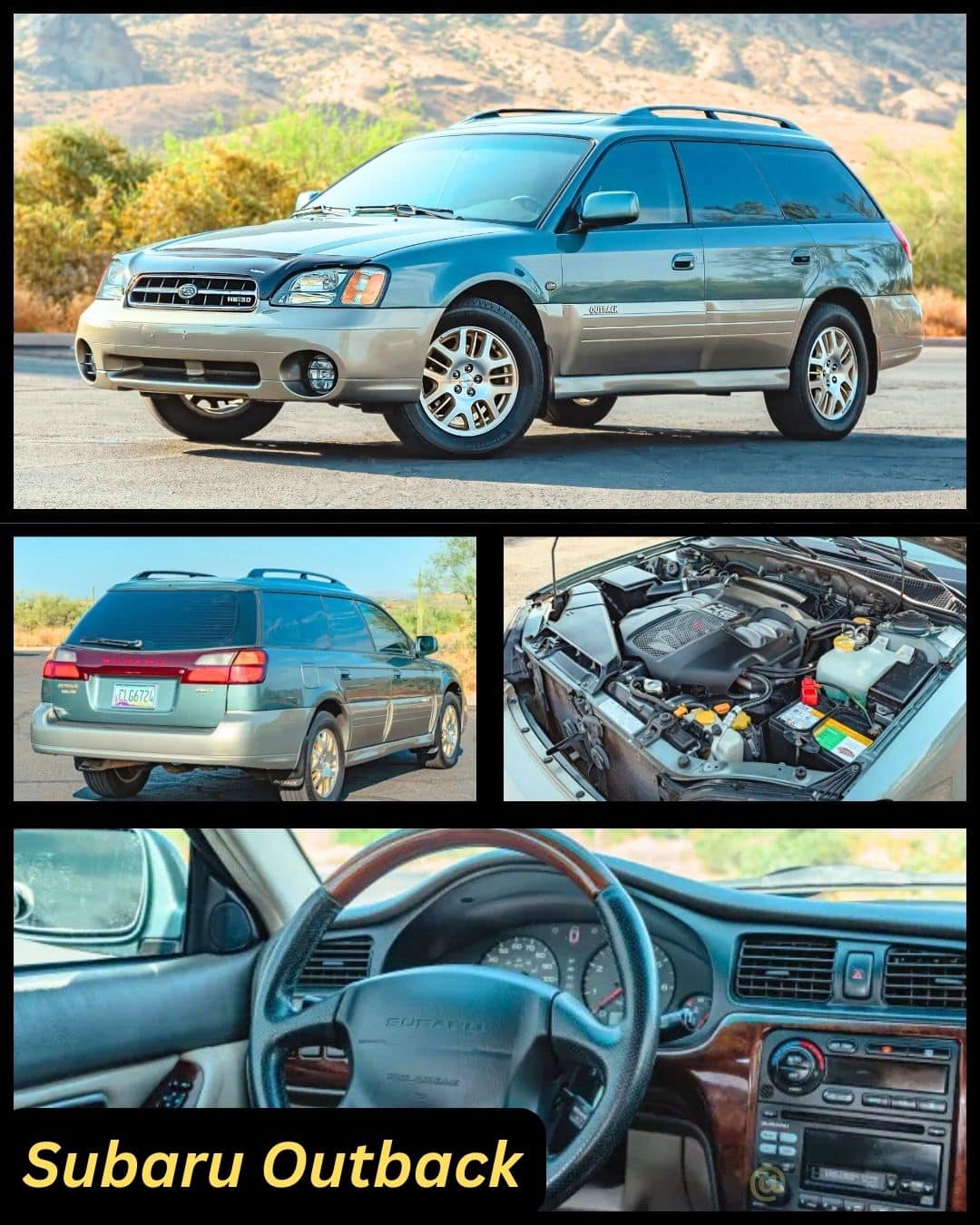
Subaru improved gasket designs after 2004, so later models saw fewer problems.
A low center of gravity (thanks to the boxer engine) and symmetrical all-wheel drive help the
Outback handle dirt roads and winter conditions with ease. The key is regular fluid checks for the differentials and engine.
The interior is built to handle the rough-and-tumble life—dogs, kids, camping gear—you name it.
If you’re handy with a wrench, you can address many small issues at home. Head gaskets on older models are the main watchpoint, but once you fix them or pick a version after the flaw was resolved, you’ll likely sail past 200,000 miles.
For a car that welcomes adventure and still looks good doing it, the Outback is a solid pick.
6. Mercedes-Benz W123 (Timeless Engineering)
From 1976 to 1985, the Mercedes-Benz W123 series represented German over-engineering at its finest.
Post-1980 models include minor mechanical and electronic improvements. Check out diesel variants with the OM616 or OM617 engines if you want to see an odometer spin with few issues—many surpass 300,000 miles without major surgery.
The diesel engines dominate the W123 legend, but even the gas versions impress. Oil and filter changes, along with consistent fuel system checks, keep these beasts running.
Inside, the W123 feels more modern than you’d expect for a ‘70s design, and the seats and dash materials hold up to decades of use.
Electrical gremlins can pop up if wiring looms deteriorate, but parts availability isn’t bad, partly because a thriving community supports these classics.
For a vintage ride that can function as a daily driver, the W123 proves that a well-built machine truly can outlast ever-changing trends.
7. Ford F-150 (No-Nonsense Durability)
As America’s best-selling pickup for decades, the Ford F-150 has delivered a variety of engines and trims that get the job done.
The ninth generation (1992–1996) and tenth generation (1997–2003) shine for their straightforward designs and robust frames.
Be cautious with certain early 2000s 5.4L Triton V8s, which faced spark plug ejection issues. Once corrected, these engines can go the distance.
The F-150’s ladder-frame design helps it handle towing, hauling, and job-site abuse. From inline-sixes to modern EcoBoost V6s,
Ford offers a range of powerplants to suit different needs. Regular transmission fluid changes and staying on top of any rust are key if you want yours to last a lifetime.
Cab configurations range from a simple single cab to plush four-door setups with heated seats and fancy infotainment.
Regardless of trim, the F-150 is known for easy-to-access parts and mechanics who are well versed in its upkeep. It’s no wonder that, across all truck classes, this model keeps reigning supreme.
8. Honda Accord (Decades of Dependability)
Ever since its debut in the late 1970s, the Honda Accord has given drivers remarkable longevity. The fourth generation (1990–1993) and fifth generation (1994–1997) often get called out for their solid designs.
The sixth-gen (1998–2002) also remains beloved, though 2003–2007 V6 Accords dealt with some automatic transmission issues that Honda eventually extended warranties on.
Accord engines, especially the four-cylinders, provide reliable power without pushing components too hard.
Regular oil changes and timely belt/chain replacements keep them humming along. Owners often hit 200,000 miles without encountering big-ticket repairs.
On the inside, the Accord offers an inviting cabin layout, supportive seating, and straightforward controls. Parts aren’t too pricey, and most local shops know the Accord like the back of their hand.
If you need a midsize sedan for a family or a college-bound kid, you can trust an Accord to take the long road home with ease.
9. Toyota Land Cruiser (Off-Road Prowess)
The Toyota Land Cruiser is legendary worldwide for conquering harsh terrains and racking up colossal mileage.
The 80 Series (1990–1997) and 100 Series (1998–2007) are favorites among enthusiasts. 80 Series models with the 1FZ-FE inline-six can run for ages if you follow normal maintenance steps. S
ome 100 Series had front suspension height control issues, but once addressed, they’re nearly unstoppable.
The body-on-frame construction and heavy-duty axles handle anything from sand dunes to rocky mountain trails.
Advanced 4WD systems give you the traction needed, and while they add complexity, Toyota’s robust engineering keeps repairs straightforward enough—especially if you’re consistent about oil changes and fluid checks.
Inside, these SUVs marry ruggedness with surprisingly refined interiors, especially in newer models boasting leather and automatic climate control.
Parts availability remains good through Toyota’s global network, and there’s a strong Land Cruiser community that trades tips on everything from routine maintenance to overlanding mods.
If you dream of exploring remote corners of the world—or just want a bulletproof family SUV—the Land Cruiser stands tall.
10. Lexus LS400 (Luxury That Goes the Distance)
Launched in 1989, the Lexus LS400 changed the luxury market by offering long-term reliability along with a silky-smooth ride.
The first two generations (1989–2000) particularly shine for their overbuilt components. Early ‘90s models sometimes had minor electrical quirks, but nothing catastrophic.
Central to the LS400’s success is the 4.0L V8, which delivers plenty of power without working itself to death.
The timing belt intervals land around 90,000–100,000 miles, so swap it out when recommended. Transmissions pair well with this engine, gliding through shifts if you keep the fluid fresh.
Step inside, and you’re met with classic luxury touches—leather seats, wood trim, and a whisper-quiet cabin.
Minor gripes like power steering leaks or gauge cluster backlight failures can appear, but they don’t overshadow the LS400’s reputation for rarely stranding its owners.
If you crave a comfortable cruiser that can soak up decades of daily driving, this Lexus delivers.
11. Jeep Wrangler (Built to Explore)
The Wrangler traces its roots back to the original Willys MB, and that DNA is all about off-road adventure.
From the YJ (1987–1995) to the TJ (1997–2006) and JK (2007–2018), Wranglers vary in refinement but share the same rugged core.
2007–2011 JK models with the 3.8L V6 had occasional oil consumption issues, while the later 3.6L Pentastar improved reliability once early cylinder head problems were addressed.
Thanks to a body-on-frame design and solid axles, Wranglers handle tough trails, rock crawling, and mud without skipping a beat.
Frequent fluid swaps—especially in the transfer case and differentials—are essential if you take it through water or thick mud. Rust can strike if you’re not vigilant, so keep an eye on the frame and undercarriage.
Although it’s not the quietest on the highway, the Wrangler’s removable doors and tops are part of its charm.
A massive aftermarket community offers upgrades and replacement parts galore. If you love exploring unpaved paths and don’t mind some road noise, a Wrangler is ready to ride with you for years to come.
12. Nissan Maxima (V6 That Won’t Quit)
The Nissan Maxima blends sporty performance and steady durability with its robust V6 engines.
Look at the fourth generation (1995–1999) and fifth generation (2000–2003) for well-documented toughness.
The sixth-gen (2004–2008) had some transmission complaints, but proactive owners who serviced them regularly often dodged major problems.
Central to the Maxima’s appeal is the VQ-series V6, which provides ample horsepower without compromising on longevity—oil changes and spark plug replacements are your main concerns.
The manual transmission is even more bulletproof than the automatic, though automatics hold up well with proper fluid care.
Inside, the Maxima feels a step above entry-level sedans. Seats are supportive, and controls are within easy reach.
If you spot signs of worn suspension bushings or ball joints, replace them promptly to avoid knocking noises.
For a sedan that balances comfort, performance, and a potentially long lifespan, the Maxima is a sleeper hit.
13. Toyota Tacoma (Indestructible Hauler)
With a lineage tracing back to the Hilux, the Toyota Tacoma is known for taking a beating and coming back for more.
The first-generation (1995–2004) is revered, though some frames from that era suffered rust problems, which Toyota addressed with recalls and buybacks.
The second-gen (2005–2015) introduced improved frames and powertrains, though 2005–2008 saw a few clutch issues that were fixable with updated parts.
What makes the Tacoma so durable? Simple, sturdy drivetrains—either four-cylinder or V6—that don’t overtax themselves.
The suspension handles off-road bumps as well as grocery runs. Rust prevention goes a long way in preserving the frame, especially in winter climates where roads are salted.
Inside, it’s all about practicality. Seats and interior materials can handle muddy boots, pet hair, and the occasional spill.
Cab configurations let you tailor the truck to your needs, whether that’s hauling gear or ferrying kids around.
Oil changes, coolant checks, and vigilance for corrosion will ensure your Tacoma keeps showing up for work day after day.
14. Chevrolet Silverado (Heavy-Duty Heritage)
Alongside the F-150, the Chevrolet Silverado is a workhorse of American roads. The GMT800 generation (1999–2006) is lauded for strong reliability, especially with the 5.3L Vortec V8.
However, certain early 2000s 4.8L and 5.3L engines developed piston slap, an annoying noise but rarely a fatal issue.
The GMT900 (2007–2013) improved cabin comfort but introduced Active Fuel Management (AFM) complexities that some owners disliked.
Regardless of engine, routine transmission fluid changes are vital if you tow or haul often.
The Silverado’s fully boxed frame (in newer models) and robust chassis let it shoulder big payloads without crumpling. Keep an eye on rust around wheel wells and rocker panels, common in salted-road regions.
Inside, the Silverado ranges from utilitarian to plush, depending on trim. Parts are easy to find, and mechanics everywhere are well acquainted with its guts.
If your idea of “lasting a lifetime” involves pulling trailers or enduring construction-site work, the Silverado fits the bill.
15. Mazda MX-5 Miata (Simple, Solid Fun)
Launched in 1989, the Mazda MX-5 Miata is the quintessential lightweight roadster.
Both the NA (1990–1997) and NB (1999–2005) generations enjoy a rep for excellent reliability.
Early NA 1.6L engines can feel a bit underpowered, and rust around the rocker panels is the Miata’s biggest enemy.
What sets the Miata apart is its minimal electronic complexity. The engine isn’t pushing monstrous horsepower, so it’s less prone to stress-related breakdowns.
Regular oil changes, timing belt checks, and watching coolant levels go a long way. The manual transmissions are famously crisp and durable.
Inside, it’s cozy, but the simple cabin design means fewer components to break. Owners love personalizing their Miatas for racing or just better handling on twisty roads.
So long as you tackle any creeping rust before it spreads, the Miata will provide countless miles of open-top joy.
16. Acura Integra (Rev-Happy Reliability)
The Acura Integra captured hearts from the mid-1980s to the early 2000s, with 1994–2001 models holding a special place among enthusiasts.
B-series engines, like the B18C, earned legendary status for reliability and tuning potential.
Some early Integras can be tricky to source parts for, but the ‘90s versions benefit from a rich aftermarket.
These engines love high revs and respond well to regular oil changes and timely timing belt swaps.
The manual transmissions are similarly stout, maintaining smooth shifting over high mileage if you don’t abuse them. Interiors are modest but well-assembled, and driver-oriented controls make for an engaging ride.
Rust can crop up in wheel wells if you’re in a wet or snowy climate, so keep an eye out for that.
Otherwise, the Integra is a true multi-tasker: daily driver, weekend racer, or collector’s item. Treat it right, and it’ll reward you with years of spirited performance.
17. Volkswagen Golf (Practical and Sturdy)
Since the mid-1970s, the Volkswagen Golf has offered hatchback convenience and a European driving feel. If you’re looking into the last 50 years, the Mk2 (1985–1992) and Mk4 (1999–2005) are often flagged for strong reliability when maintained correctly.
Mk4 TDI diesels can rack up 250,000+ miles, though some had mass airflow sensor and turbocharger quirks.
Despite its compact size, the Golf’s cabin is typically roomy and ergonomic. The TDI engines deliver stellar fuel economy, making them a favorite among high-mileage drivers.
Gasoline engines like the 1.8T or 2.0L can be just as dependable—if you change the oil regularly and stay ahead of potential sludge issues in the 1.8T.
Volkswagens aren’t immune to electrical gremlins, particularly with window regulators and door locks in certain years.
However, there’s a dedicated community and decent parts availability, so you’re not alone if something acts up.
With careful upkeep, a Golf can remain a reliable companion for commutes, errands, and long-distance journeys alike.
Still here? Check out our list of the opposite of these vehicles 👇
